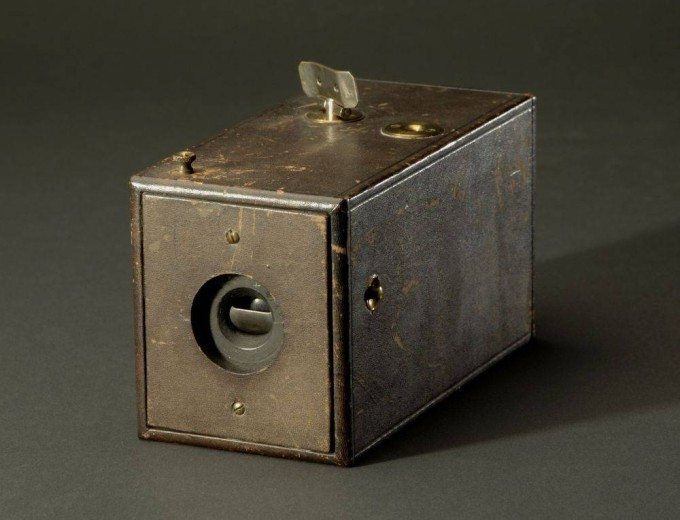Last Updated on 08/28/2014 by Kevin Lee

Today nearly every person in the world has a camera whether it be a cellphone camera, point-and-shoot, mirrorless camera, DSLRs, Go Pros, aerial drones—you get the idea. While photography is well and alive now, that wasn’t always the case. The Smithsonian Magazine has put together an excellent article looking back over a century detailing the photography first went mainstream.
The thing about early cameras is they used chemically treated plates and paper that took ages to capture an exposure and required subjects to stay still for a half-minute or more. It’s the reason why early portraitures looked so stoic and serious. But enter 1888 and George Eastman introduced the first compact, film-based Kodak camera. The new camera was not only much smaller measuring 2.5-inches in diameter, it was also affordable at $25 and held a roll of film for 100 exposures.
The much more accessible camera allowed many more people to carry cameras outdoors and the public was entranced by the ability to capture the world. Even if they were the most mundane of everyday events, new Kodak photographers would take pictures of bicycles, pets, or themselves. Taking snapshots became a fad and with the introduction of the $1 Brownie camera in 1900 a third of American households owned a camera of some sort by 1905.
While it might seem like photography was universally liked, professional photographers were actually against seeing their art becoming popularized by amateurs. Supposedly paid photographers did not appreciate these “Kodak fiends” who became completely engrossed with taking weird and often out of focus shots.
Now photography has become much more mundane and commonplace, but the controversy has spun out to taking advantage of people’s privacy. With the advent of wearable cameras like Google Glass and aerial drones, photographers now face a new wave of criticism accusing them of sneaky forms of voyeurism to creep shots from above.

